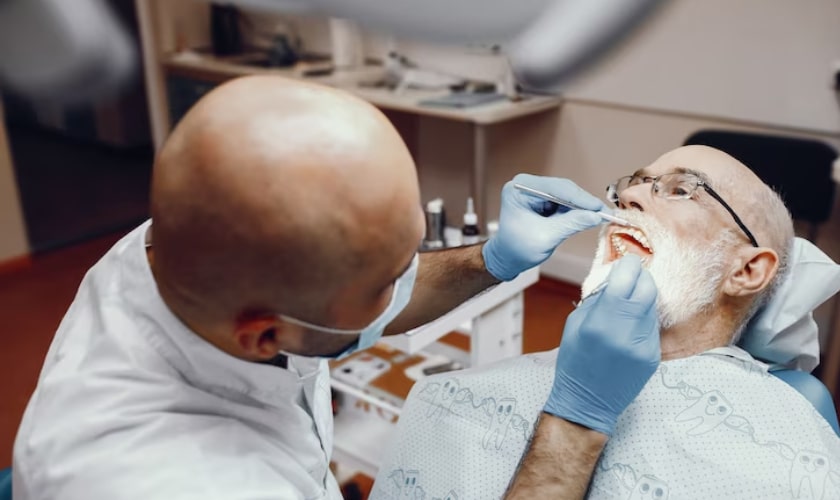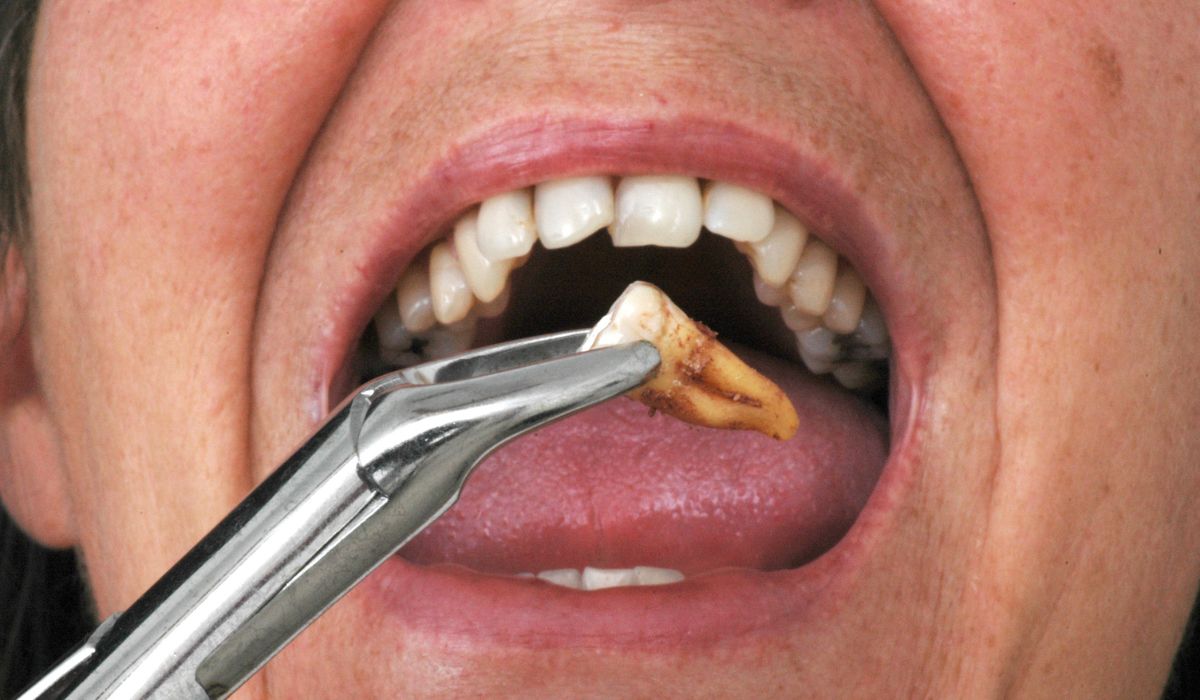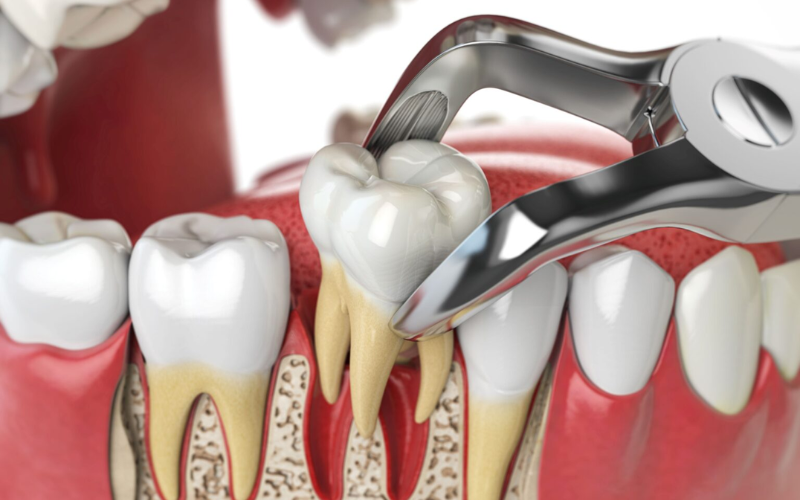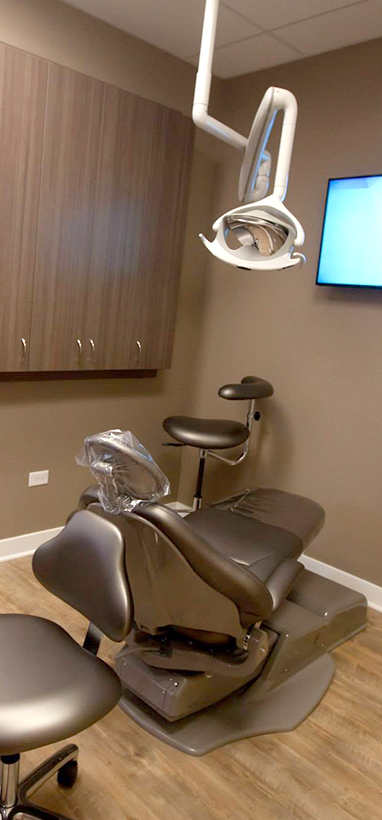1516 Legacy Cir, Naperville, IL 60563
Everything You Need To Know About Tooth Extraction: The Procedure, Recovery, and More

Tooth extraction is a standard dental procedure involving tooth removal, often due to extensive decay or a severe infection. The number of teeth extracted can vary, depending on the patient’s needs. When it comes to tooth extractions, it’s essential to understand the procedure, what to expect during recovery, and how to care for your mouth afterward. This article will discuss everything you need about tooth extraction: the process, healing, and more.
What is Tooth Extraction?
Your teeth are meant to last a lifetime, but sometimes they must be removed. Tooth extraction is removing a tooth from its socket in the bone. The most common reason for tooth extraction is because of decay or infection. Other causes include crowding, injury, or gum disease.
A dentist or an oral surgeon can perform tooth extractions. The procedure is usually quick and relatively painless. Recovery time is typically short; you can expect to return to normal within a few days.
If you’re facing tooth extraction, it’s essential to understand the procedure and what to expect during recovery. This article will provide everything you need about tooth extraction, including the different systems, what to expect during recovery, and how to care for your mouth afterward.
The Different Types of Tooth Extraction
There are two main types of tooth extraction: simple and surgical. Simple extractions are performed on teeth visible in the mouth, usually under local anesthesia, and don’t require any gum tissue cutting or bone removal. Surgical extractions are performed on teeth that can’t be seen in the mouth or are broken off at the gum line. They may require a small incision in the gum tissue and the removal of bone tissue before the tooth can be extracted.
Tips for a Successful Recovery
1. Avoid hard or crunchy foods for the first few days after tooth extraction. Stick to soft foods like mashed potatoes, soup, and yogurt.
2. Take it easy for the first 24 hours after your procedure. Rest with your head elevated on a pillow to reduce swelling.
3. Apply ice to your face for 20 minutes, several times daily, during the first few days following tooth extraction. This will help reduce swelling.
4. Keep your mouth clean by gently brushing your teeth and rinsing with salt water starting the day after your procedure.
5. Follow all of your dentist’s instructions for a successful recovery!
Conclusion
Tooth extractions can be a necessary dental treatment to maintain oral health and save your remaining teeth from damage. Although it is not always a pleasant experience, understanding the procedure and recovery process can help prepare you for it. By following up with your dentist regularly and taking care of yourself after the extraction, you can help speed up your recovery time so that you can get back to enjoying life without worrying about your toothache or any other complications caused by an infected or abscessed tooth.










